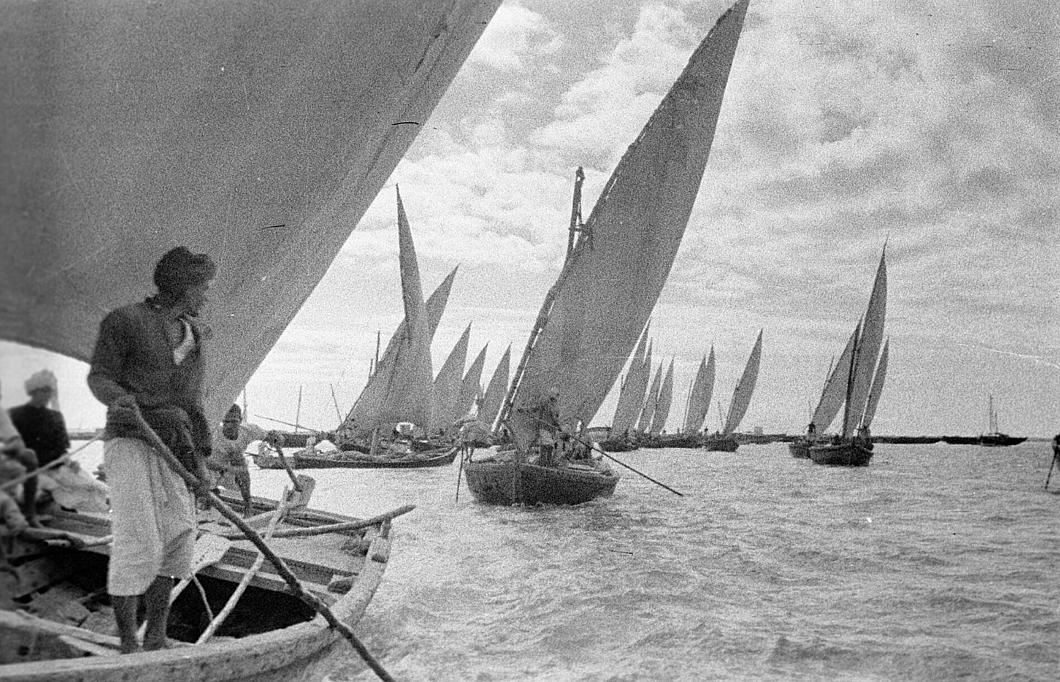
About Andrew Cusack
 Writer, web designer, etc.; born in New York; educated in Argentina, Scotland, and South Africa; now based in London.
Writer, web designer, etc.; born in New York; educated in Argentina, Scotland, and South Africa; now based in London. read more
News
Blogs
Reviews & Periodicals
Arts & Design
World
France
Mitteleuropa
Knickerbockers
Argentina
The Levant
Africa
Cape of Good Hope
Netherlands
Scandinavia
Québec
India
Muscovy
Germany
Academica

With 231 million Muslims, Indonesia today has the largest Islamic population of any country. The obligation of all Muslims who are capable to perform the Hajj — the annual pilgrimage to Mecca — at least once in their life meant that there was a continual flow of travel and traffic between the Arabian peninsula and the Dutch East Indies (as they once were).
The writer, photographer, and explorer Daniël van der Meulen was appointed the Dutch consul in Jeddah in 1923. Then followed three full years of intensive study of Arabic and Islam under the tutelage of the great Hollandic arabist Christiaan Snouck Hurgronje before van der Meulen arrived in Arabia in 1926, just as the Sultan of Nejd, Ibn Saud, was securing his hold over the Hejaz.
The primary role of the Dutch consul at Jeddah was to look after the interests of the Netherlands-Indies pilgrims on the Hajj but, as that only took place once a year for several days, van der Meulen took full advantage of the down time to explore the Arabian peninsula.
Hadhramaut in Yemen was of particular interest to him and he completed several expeditions there between 1931 and 1944, forming strong friendships with many Hadhrami people along the way.
In 2003, the Koninklijk Instituut voor de Tropen (KIT, or Royal Tropical Institute) in Amsterdam published Daniel van der Meulen in Arabia Felix: Travels and Photographs of a Dutch Diplomat in Yemen, 1931–1944 by Steven Vink, the photographic curator of the Tropical Museum.
It was published in cooperation with the Yemeni Embassy in the Hague and the Royal Netherlands Embassy in Sana’a. William Facey of the British-Yemeni Society gives it a strong review here, but hard copies are tricky to get hold of.
Not all European journeys to South Arabia have proved as fruitful as van der Meulen’s. Thorkild Hansen wrote a book about the Danish expedition of 1761 to 1767, a ‘spellbinding true story of a scientific expedition gone disastrously awry’.
This 1962 book has happily been brought back to life in a recent printing from the ever-estimable New York Review Books.
Search
Instagram: @andcusack
Click here for my Instagram photos.Most Recent Posts
- Bicycle Rack April 29, 2024
- Burns Tower April 19, 2024
- Patrick in Parliament March 18, 2024
- Articles of Note: 13 March 2024 March 13, 2024
- Cambridge March 9, 2024
Most Recent Comments
Book Wishlist
Monthly Archives
Categories



“Snouck Hurgronje”
Don’t let anyone tell you that the Dutch don’t have the most whimsically curious names of any race under the sun – the European one at least.